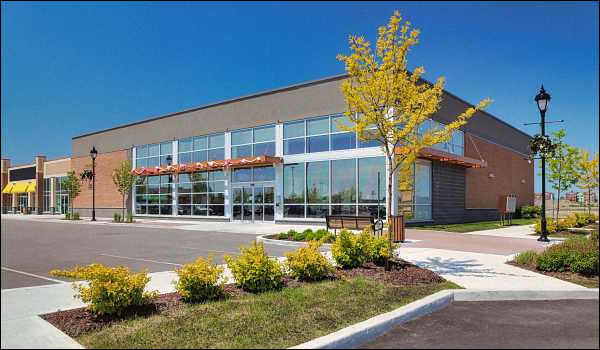
EVERY COMMERCIAL PROPERTY INVESTOR can reduce their tax liabilities by claiming depreciation. When claimed correctly, depreciation deductions can transform a negative cash flow investment into a positive one.
What is commercial property depreciation?
As a building and its assets age, they depreciate in value. The Australian Taxation Office (ATO) allows owners of income-producing properties including hotels to claim deductions for this wear and tear.
Commercial property owners can claim depreciation under two different categories – capital works (division 43) and plant and equipment (division 40).
Capital works refers to the deductions available for the building structure and any permanently fixed assets such as bricks, mortar and windows. They can be depreciated at 2.5 per cent every year over forty years.
Any commercial property in which construction commenced after 20 July 1982 will entitle the owner to claim capital works. If your property was built before this date, there may still be deductions available to claim so it’s worth contacting a specialist Quantity Surveyor to assess the property.
Plant and equipment assets are items that can be easily removed from the property such as hot water systems, air conditioners, exhaust fans and security systems.
Depreciation deductions for these assets are calculated based on the individual effective life of each item as set by the ATO. Owners are eligible to claim deductions for any plant and equipment assets they own. In certain instances, owners can also claim any assets left behind by previous tenants.
Are there ways to maximise depreciation deductions?
Specialist Quantity Surveyors can maximise a hotel owner’s tax return by applying the immediate write-off rule and adding eligible assets to a low-value pool.
In general, an immediate write-off applies to any item within any income-producing property with a value of less than $300. Property owners are entitled to write-off the full amount of these assets in the year of purchase.
Small and medium-sized businesses are eligible to claim an immediate write-off for assets costing less than $30,000 each, purchased and used or installed from 7.30 pm on 2 April 2019 to the 30 June 2020.
Low-value pooling, on the other hand, is a method of depreciating plant and equipment assets which have a value of less than $1,000. Such items can be added to a low-value pool and written off at an accelerated rate to maximise deductions. Item can be depreciated at 18.75 per cent in the first year and 37.5 per cent each year thereafter.
As plant and equipment items are rarely the same age as the property and are often replaced and updated, there can be significant deductions available.
What’s the best way to claim depreciation?
The simplest way to claim depreciation deductions is to engage a Quantity Surveyor to prepare a tax depreciation schedule for your property.
A BMT Tax Depreciation Schedule lasts forty years, considers industry-specific legislation, provides a range of depreciation methods and includes a property inspection. The schedule is 100% tax-deductible and allows owners and tenants to boost their cash flow.













I actually never knew that capital works are deductions for the structure and fixed assets. My brother is getting a new office building and is wondering how much he can use for depreciation this year. He should hire a surveyor to get a quote and know how much will come out of it.